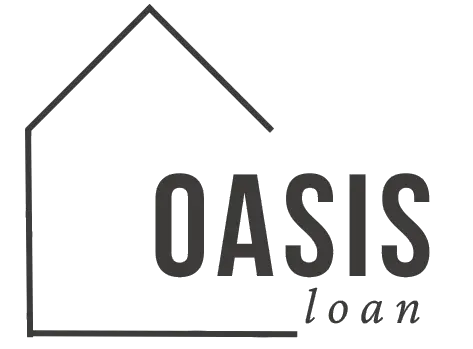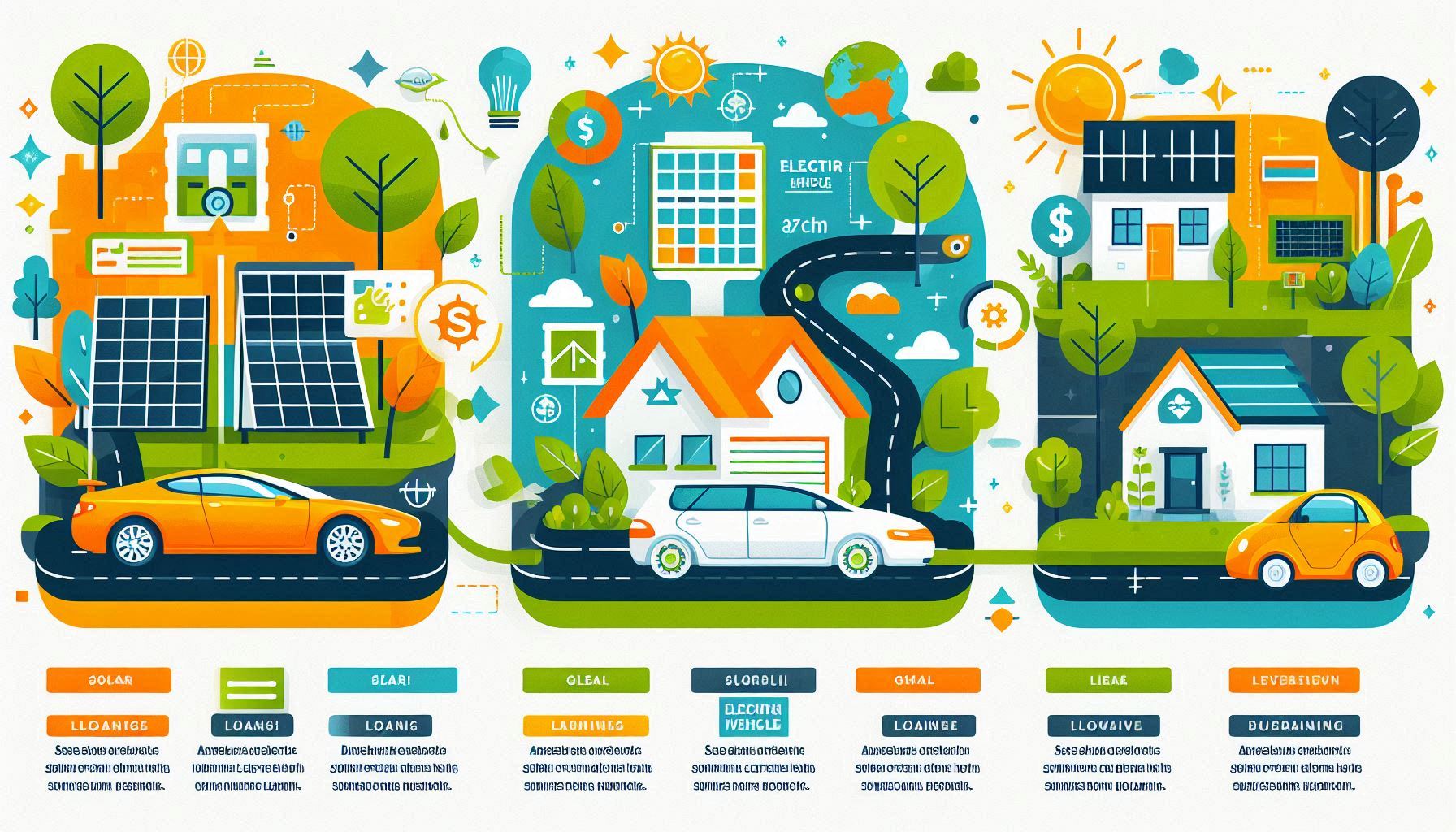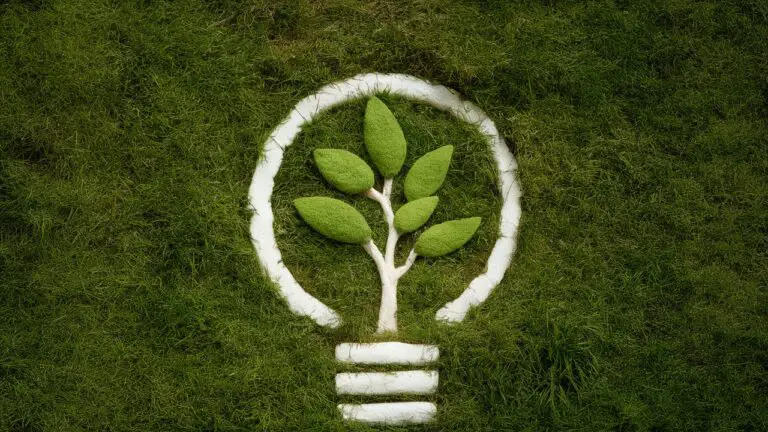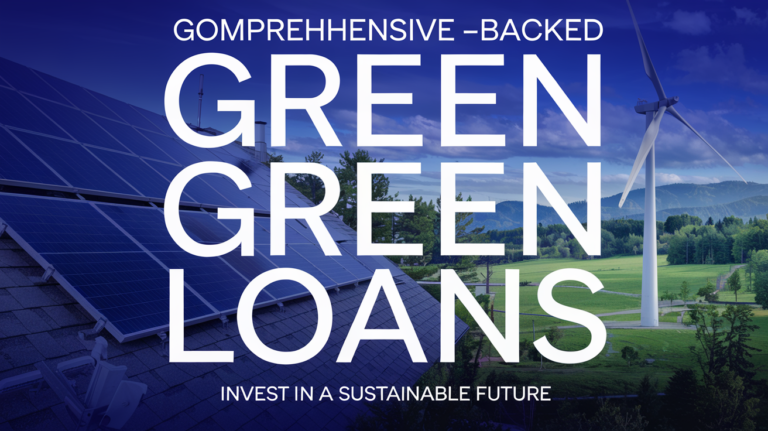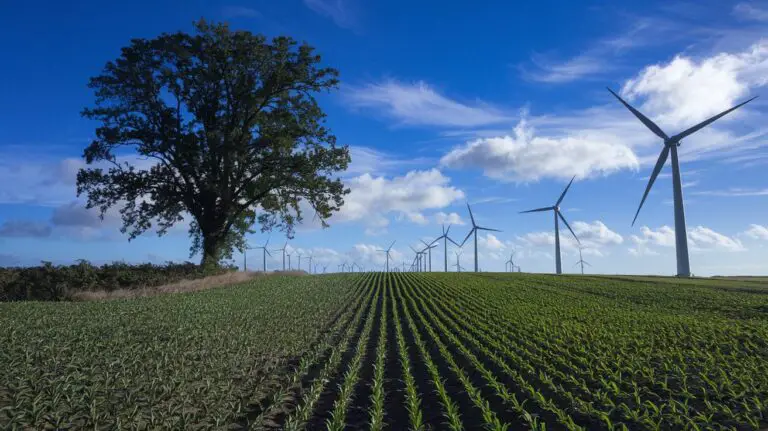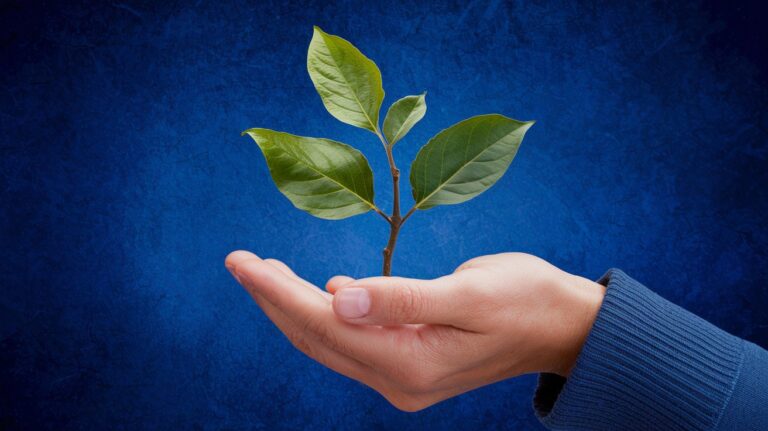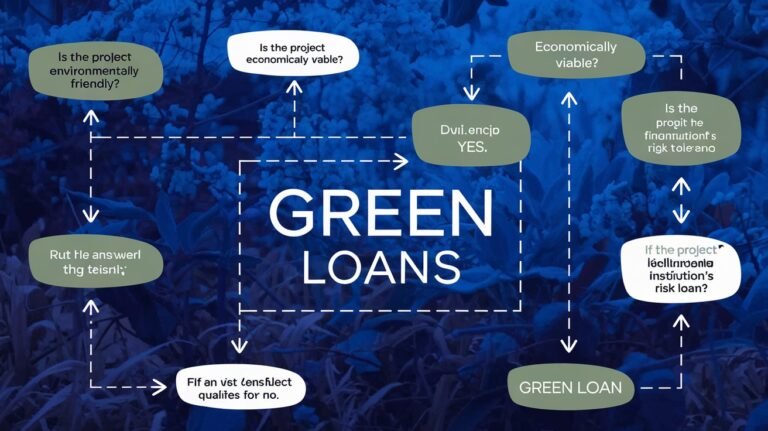Types of Eco-Friendly Loans
Eco-friendly loans offer a range of financial products designed to support sustainable and energy-efficient home improvements. With an increasing focus on reducing carbon footprints and enhancing energy efficiency, these loans have become popular choices for homeowners looking to invest in green technologies. This article explores various types of eco-friendly loans, including those for solar panels and other green home improvement projects, to help you understand the options available and choose the best fit for your needs.
1. Loans for Solar Panels
a. Solar Panel Financing
Solar panel financing is specifically designed to help homeowners install solar energy systems. This type of loan can cover the cost of purchasing and installing solar panels, allowing you to benefit from renewable energy without the burden of upfront costs. With solar panel financing, you typically repay the loan through monthly payments over a set period. The primary advantage of this financing option is that it enables you to start saving on your energy bills immediately.
For more information on solar panel financing options, you can visit Energy.gov.
b. Solar Leases and Power Purchase Agreements (PPAs)
Solar leases and Power Purchase Agreements (PPAs) are alternatives to traditional loans for solar panels. With a solar lease, you pay a fixed monthly amount to use the solar system installed on your roof. Similarly, a PPA involves paying for the electricity generated by the solar panels at a predetermined rate. Both options typically require little to no upfront cost and can provide savings on your electricity bill. However, unlike loans, you do not own the solar system, which may impact long-term savings.
Learn more about solar leases and PPAs on Solar Energy Industries Association.
c. Federal and State Incentives for Solar Loans
Many federal and state incentives are available to reduce the cost of solar panel installations. These incentives can include tax credits, rebates, and grants that lower the effective cost of solar energy systems. For instance, the Federal Investment Tax Credit (ITC) allows you to claim a percentage of the installation cost as a tax credit. Additionally, various state programs offer further financial benefits, making solar panel loans more affordable.
Explore available federal and state incentives on DSIRE.
2. Green Home Improvement Loans
a. Energy-Efficient Mortgages (EEMs)
Energy-Efficient Mortgages (EEMs) are designed to help homeowners finance energy-efficient upgrades as part of their mortgage. By including the cost of home improvements in your mortgage, you can potentially secure a lower interest rate and benefit from improved energy efficiency. EEMs can cover a wide range of upgrades, including insulation, windows, and HVAC systems.
To learn more about EEMs, visit HUD.gov.
b. Home Equity Loans for Green Improvements
Home equity loans allow you to borrow against the equity in your home to fund green home improvements. These loans typically offer lower interest rates compared to unsecured loans and can be used for a variety of eco-friendly projects, such as installing energy-efficient windows or upgrading insulation. However, since home equity loans use your property as collateral, it is essential to consider the associated risks.
For more details on home equity loans, check out Investopedia.
c. Green Credit Cards
Green credit cards offer rewards and benefits for purchases related to eco-friendly products and services. Some green credit cards provide cash back or points for spending on sustainable goods, including energy-efficient appliances and renewable energy systems. While not specifically loans, these credit cards can help manage costs and earn rewards for making green improvements.
Read more about green credit cards on NerdWallet.
3. Government-Backed Eco-Friendly Loan Programs
a. FHA Energy Efficient Mortgage Program
The FHA Energy Efficient Mortgage Program allows borrowers to finance energy-efficient home improvements through an FHA-insured loan. This program helps homeowners include the cost of green upgrades in their mortgage, with benefits such as lower down payments and interest rates. The program supports various energy-saving measures, making it a flexible option for green home improvements.
Find more information on the FHA Energy Efficient Mortgage Program at FHA.gov.
b. VA Energy Efficient Mortgage Program
VA Energy Efficient Mortgages are available to veterans and active-duty service members, offering additional benefits for energy-efficient upgrades. This program allows eligible borrowers to include the cost of green improvements in their VA home loan, providing access to favorable terms and rates. It supports various energy-saving upgrades, such as solar panels and high-efficiency HVAC systems.
Learn more about VA Energy Efficient Mortgages on VA.gov.
c. USDA Rural Development Energy Efficiency Loans
The USDA Rural Development Energy Efficiency Loan Program provides financing for energy-saving improvements in rural areas. This program helps homeowners make their properties more energy-efficient through low-interest loans. Eligible upgrades include solar panels, insulation, and energy-efficient windows, making it a valuable option for rural homeowners looking to reduce their energy consumption.
Explore the USDA Rural Development Energy Efficiency Loans on USDA.gov.
4. Alternative Green Financing Options
a. Green Bonds
Green bonds are financial instruments used to raise funds for environmentally friendly projects. These bonds can be issued by governments, corporations, or financial institutions and are used to finance a range of green initiatives, including renewable energy projects. Investing in green bonds allows you to support sustainability efforts while potentially earning returns on your investment.
For more information on green bonds, visit Environmental Finance.
b. Crowdfunding for Green Projects
Crowdfunding platforms offer an alternative way to finance green home improvements. Homeowners can use these platforms to raise funds from individuals who are interested in supporting eco-friendly projects. Crowdfunding can be an effective way to gather the necessary capital for solar panel installations or other green upgrades while engaging with a community of supporters.
Learn more about crowdfunding for green projects on Kickstarter or GoFundMe.
c. Energy Efficiency Rebates
Energy efficiency rebates provide financial incentives for homeowners who invest in energy-saving upgrades. These rebates, offered by utilities or government programs, can significantly reduce the cost of improvements such as solar panels or energy-efficient appliances. By combining rebates with other financing options, you can lower your overall expenses and enhance your home’s energy efficiency.
For details on available rebates, check Energystar.gov or your local utility company’s website.
Conclusion
Choosing the right eco-friendly loan depends on your specific needs and financial situation. Whether you’re interested in loans for solar panels, green home improvement loans, or exploring alternative financing options, understanding the available types of loans can help you make an informed decision. Each option offers unique benefits and considerations, so it’s essential to evaluate them based on your project’s requirements and long-term goals.
